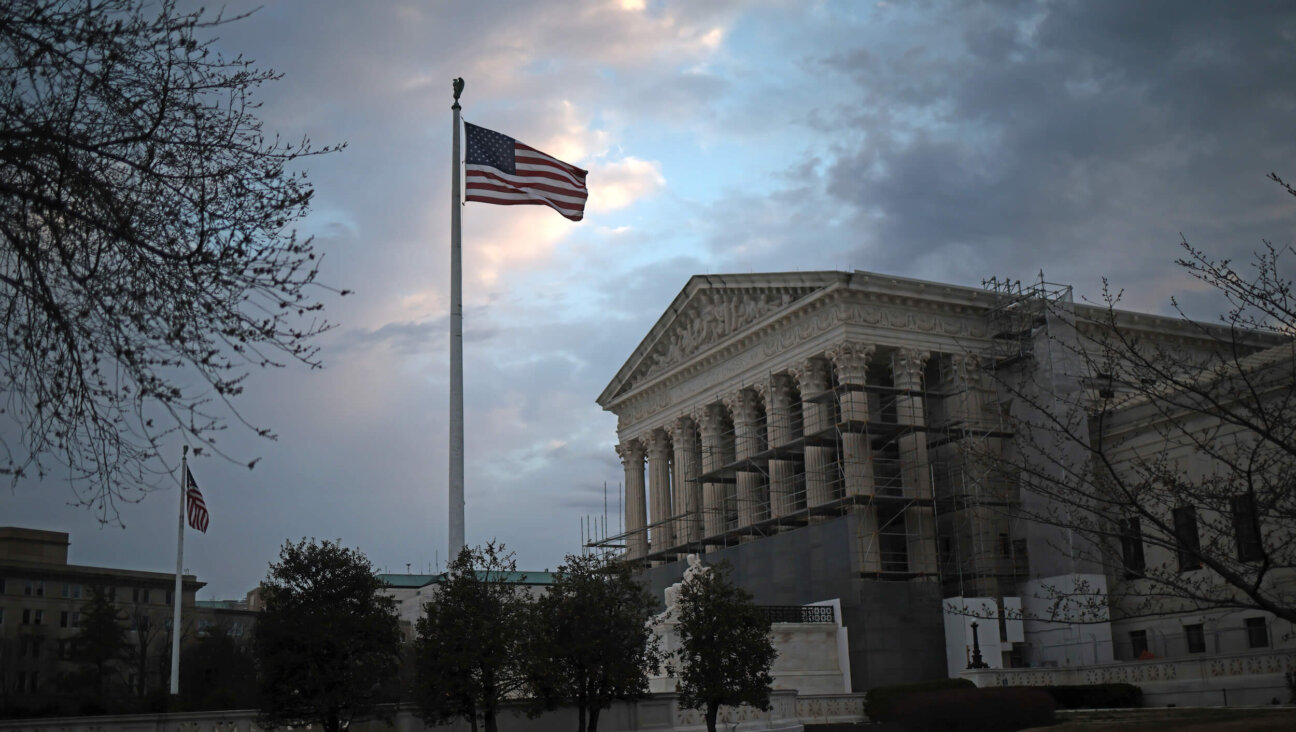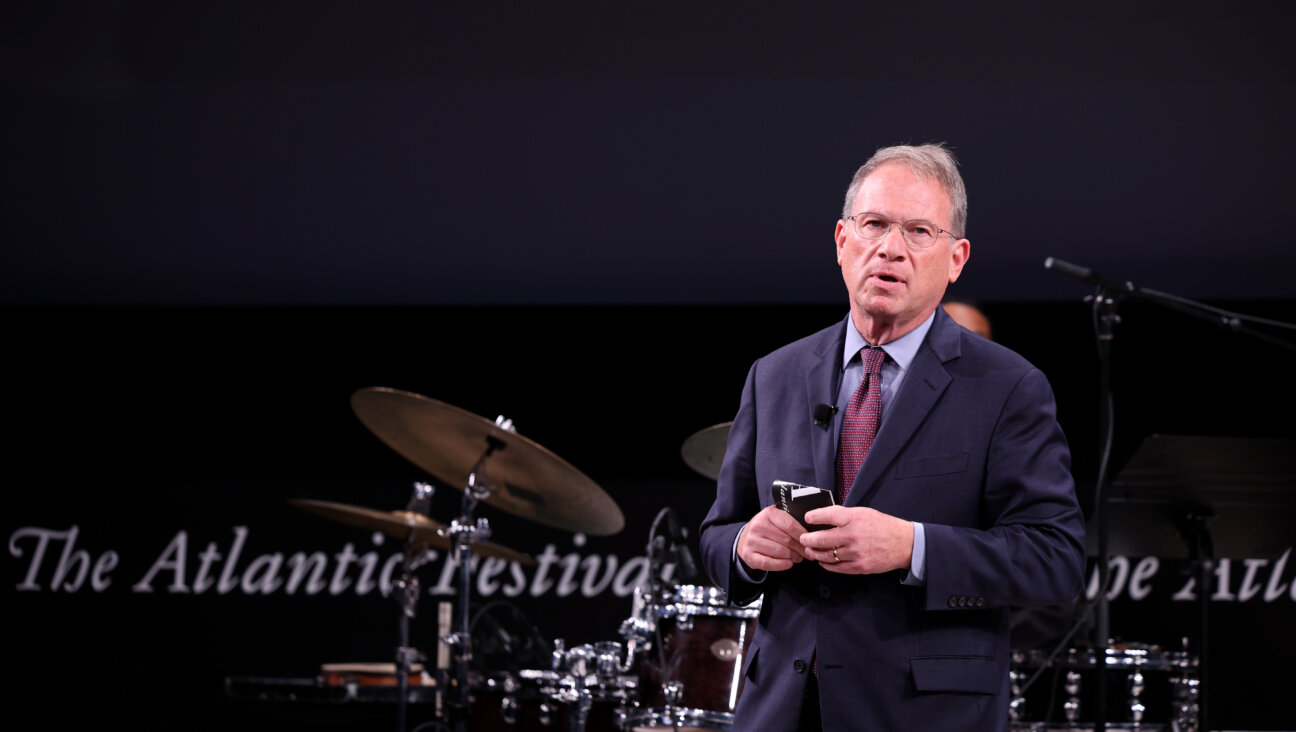An Overlooked Renaissance
On one of my recent trips to Poland, a young Jewish man studying at Warsaw University asked me: “Why do you American Jews send your children on death camp tours of Poland? Why choose only death when you could show life?”
He had a point. Each year, more than 20,000 Jewish youth from the United States and Israel come to Poland to visit the sites of the destruction of European Jewry. On programs such as March of the Living, students are exposed to Auschwitz-Birkenau, Majdanek and Treblinka. They see where thousands more died at ghetto sites in Krakow and Warsaw. They are then flown to Israel to explore the rebirth of Jewish life. But they leave Poland with no idea that they have missed out on another rebirth within Poland itself.
In the past 15 years, Jews and non-Jews in Poland have brought about an amazing revival of Jewish culture, including Jewish studies programs, a national student network, an annual book fair and film festival in Warsaw, and Krakow’s Jewish Culture Festival, which draws a crowd of 15,000 from around the world.
The Jewish world has not absorbed the extent of the Jewish cultural renaissance in Poland or Polish society’s growing tolerance toward Jews. Otherwise, we would insist that March of the Living be true to its name, or we would choose tour programs that explore the sites of our centuries-old civilization, allow for participation in the cultural renewal, and introduce our youth to their Polish counterparts, such as the Warsaw student whose message to American Jews is: “Don’t think of us as ghosts or remnants. We’re Jews!”
Three generations of Jews have outlived the Nazi genocide and communist persecution in Poland — the survivors of the Holocaust, the postwar generations and now their children like the student I met. Though their numbers are relatively small (an estimated 20,000 Jews in a population of 38 million), individual Jews play prominent roles in all aspects of public life. As a social group, Jewish Poles possess a growing confidence and sense of security, reweaving ties to a rich cultural heritage and generating public discourse about Jewish identity and history, religious practice and antisemitism. Indeed, the estimates of the Polish Jewish population have doubled or tripled since the fall of communism, with thousands of Jews coming out of the woodwork and reclaiming their heritage.
The unanticipated rebirth begs American Jews to contemplate Jewish continuity in the heart of Europe and also to remember the centuries of Jewish existence that preceded the Holocaust. With our attention necessarily fixed on Israel these days, it’s easy to forget that, prior to World War II, Poland was the guiding light of world Jewry for close to 1,000 years. Chasidism, the Haskala, Yiddish literature, Bundism, Zionism — major movements in religious learning and secular culture blossomed there. So why hasn’t this profound cultural legacy been routinely taught as part of American Jewish religious education? Biblical history, the Holocaust, Zionism and the founding of the State of Israel comprise the majority of educational curricula, but European Jewish achievement before and after the Holocaust does not shape contemporary Jewish pedagogy in the same way. We provide our young with a compressed history that slights the eventful middle chapters of Jewish existence in the Diaspora. A 900-year-old narrative, concentrated in Poland, has thus become a footnote in Jewish history.
There could be no more poignant way of honoring those who perished in or suffered during the Holocaust than to remember and connect with the extraordinary world that they shaped and that shaped them. We cannot re-create the pre-war past, but if we do not take advantage of the wealth of Jewish resources in Poland, what will happen when America’s current generation of Jewish immigrants from Eastern Europe is gone and the pre-war Jewish experience is not transmitted within Diaspora families? How will we sustain our lifeline to our Ashkenazic roots? Pilgrimages to Poland are one way to recover and reconnect with a land and a legacy from which many American Jews descend.
There already is a basis for interest among younger generations in Ashkenazic culture — witness the phenomenal revival of klezmer music, which has piqued Jewish curiosity to delve deeper into the artistic, intellectual and spiritual content of our Eastern European heritage. Now teens and college-aged students, especially the thousands who have already visited Israel, can take the next step by going to Poland. At present, several American foundations, such as the Taube Foundation for Jewish Life & Culture, are investing in new study tour programs and exchanges that will enable students to explore the Eastern European experience and help sustain the Jewish cultural renaissance in Poland.
I can imagine a chorus of anxious murmurs in response to this development, chief among them, “Must it be Poland, that breeding ground of antisemitism?” Given the positive changes underway, it’s high time we overcome our images of Poland as a graveyard and Jews as victims. Surely we can accept that there are non-Jewish Poles of good will, who are participating in the cultural revival and challenging their society to confront its history of antisemitism. By now we’ve been hearing that France, with its recent displays of anti-Zionism and historical revisionism, has become more antisemitic than Poland. And still, our vehement rejection of Poland, though rooted in wholly legitimate causes, distances us not only from that nation but also from our history and thus from ourselves. By discovering a life-affirming existence, our uneasy ties to the lost world of Eastern European Jewry can find resolve. Let’s rally behind the Warsaw student’s appeal and make a victory of life over death.
Shana Penn directs the Polish Jewish Heritage Program at the Taube Foundation for Jewish Life & Culture.
The Forward is free to read, but it isn’t free to produce

I hope you appreciated this article. Before you go, I’d like to ask you to please support the Forward.
At a time when other newsrooms are closing or cutting back, the Forward has removed its paywall and invested additional resources to report on the ground from Israel and around the U.S. on the impact of the war, rising antisemitism and polarized discourse.
Readers like you make it all possible. We’ve started our Passover Fundraising Drive, and we need 1,800 readers like you to step up to support the Forward by April 21. Members of the Forward board are even matching the first 1,000 gifts, up to $70,000.
This is a great time to support independent Jewish journalism, because every dollar goes twice as far.
— Rachel Fishman Feddersen, Publisher and CEO
2X match on all Passover gifts!
Most Popular
- 1

Film & TV What Gal Gadot has said about the Israeli-Palestinian conflict
- 2
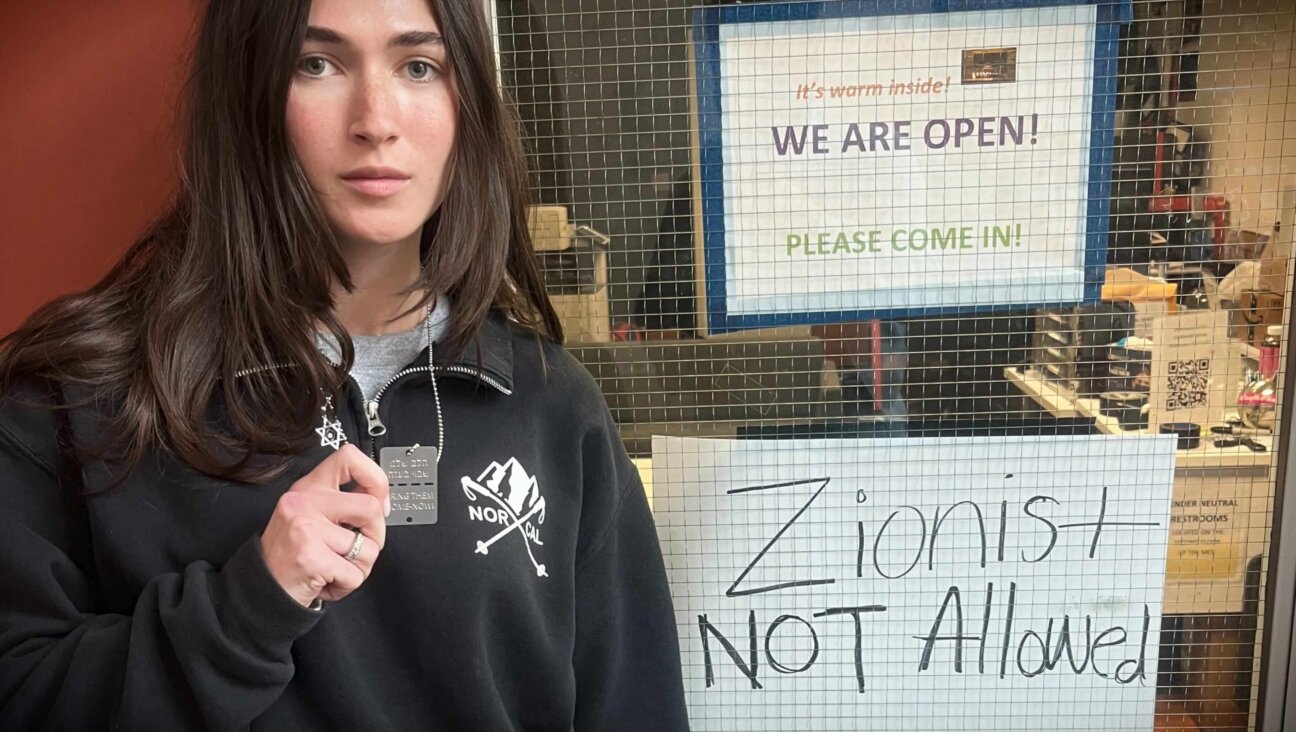
Opinion Is this new documentary giving voice to American Jewish anguish — or simply stoking fear?
- 3
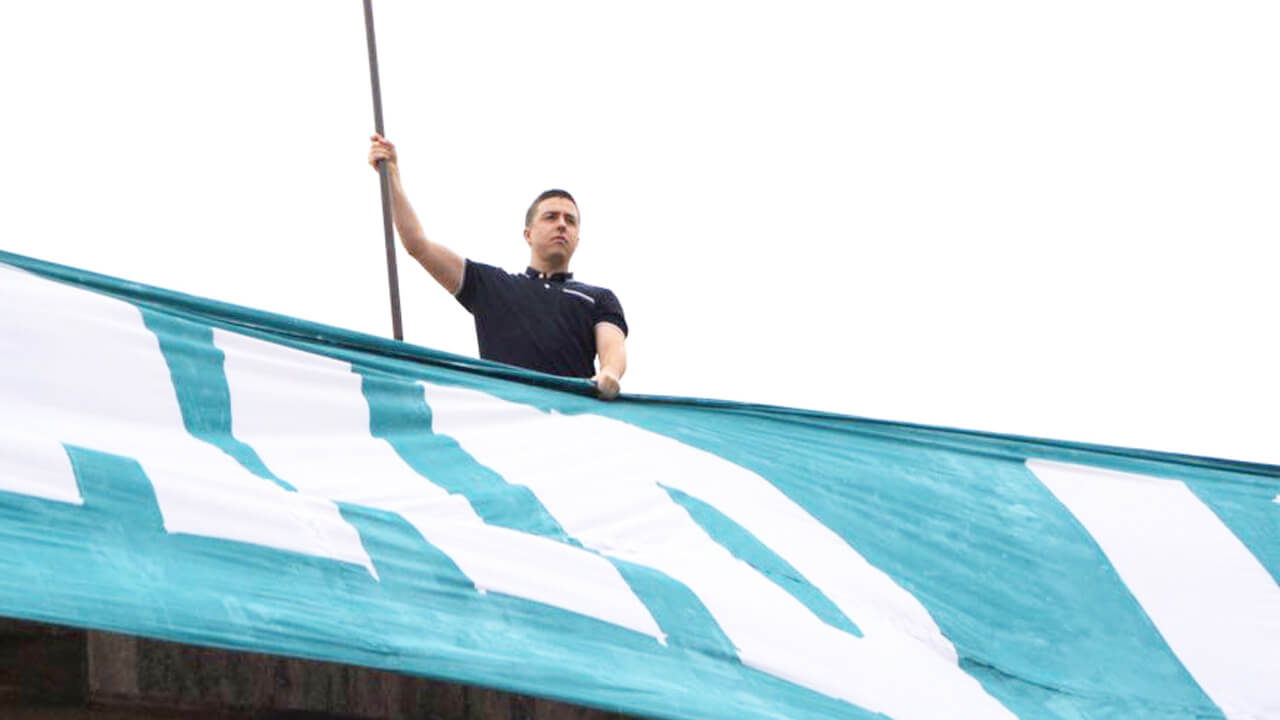
Fast Forward Trump’s antisemitism chief shares ‘Jew card’ post from white supremacist
- 4

News A Jewish Republican and Muslim Democrat are suddenly in a tight race for a special seat in Congress
In Case You Missed It
-
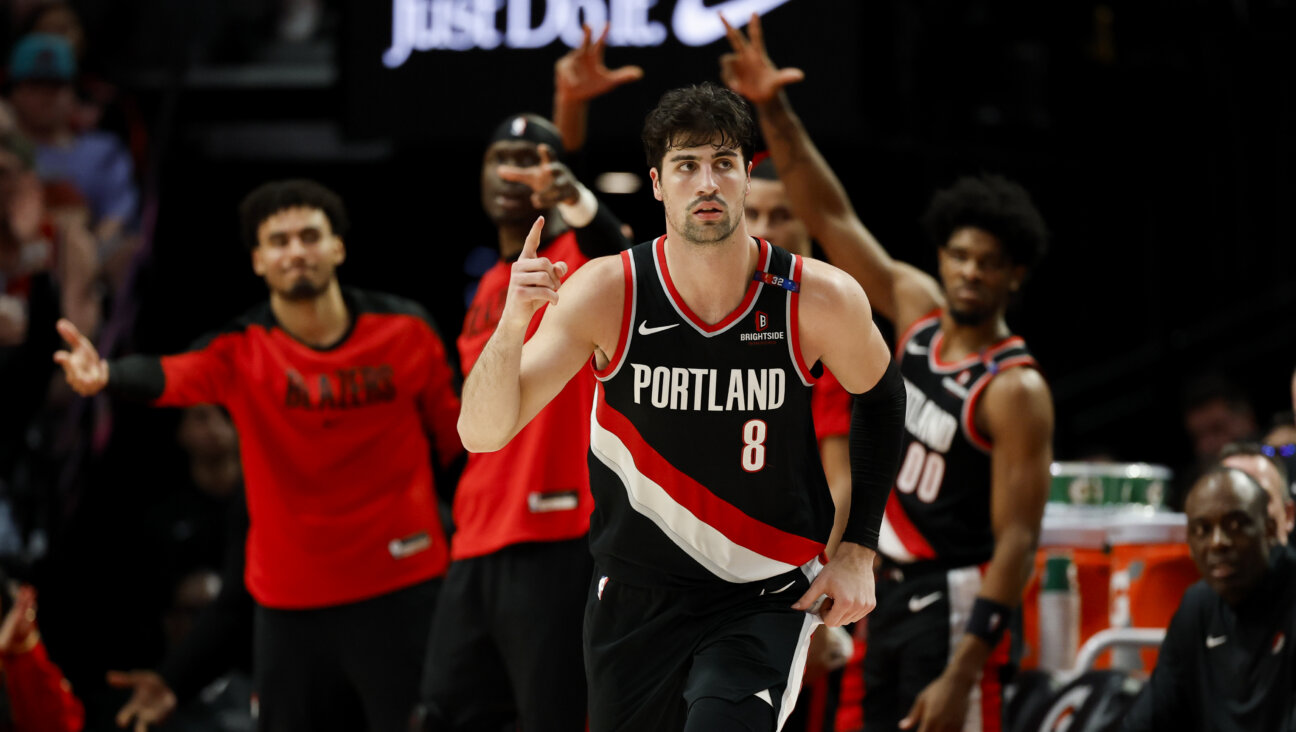
Sports The Trail Blazers let Deni Avdija cook, and minted a franchise player in the process
-
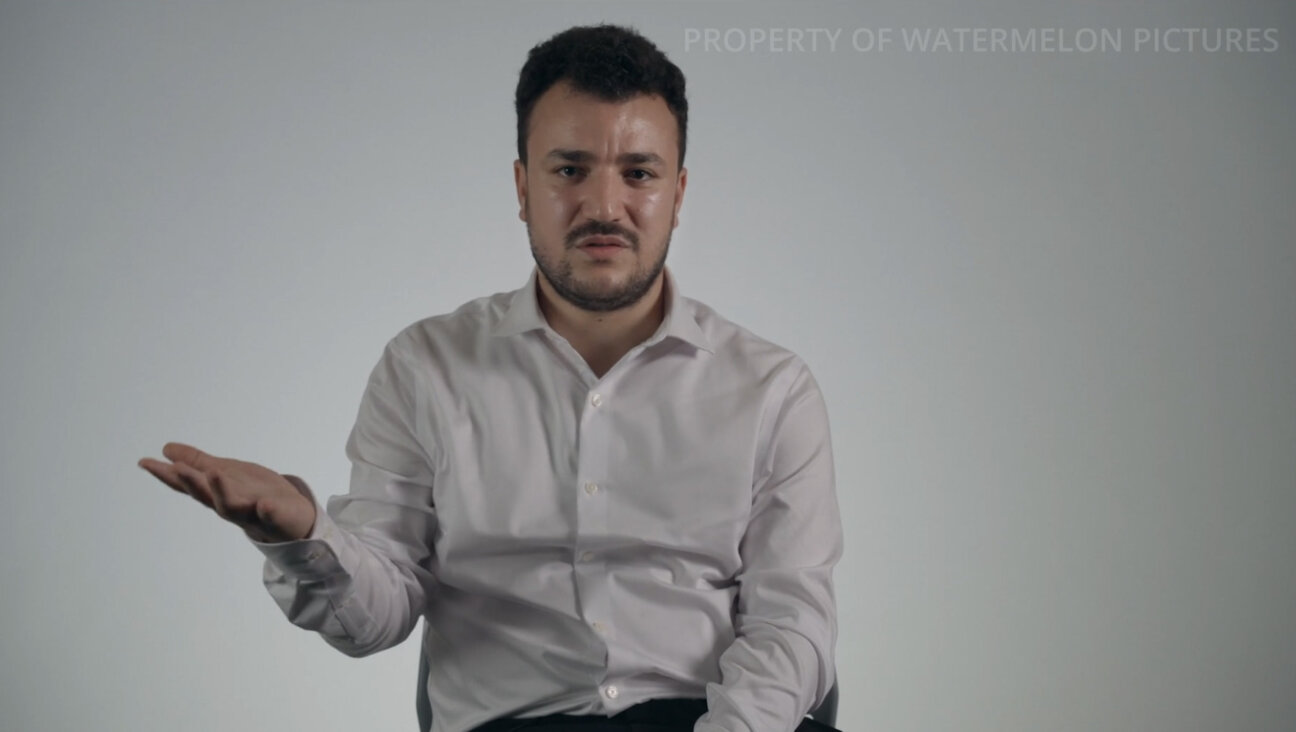
Fast Forward What Mahmoud Khalil says about Gaza and Israel in ‘The Encampments’ documentary
-
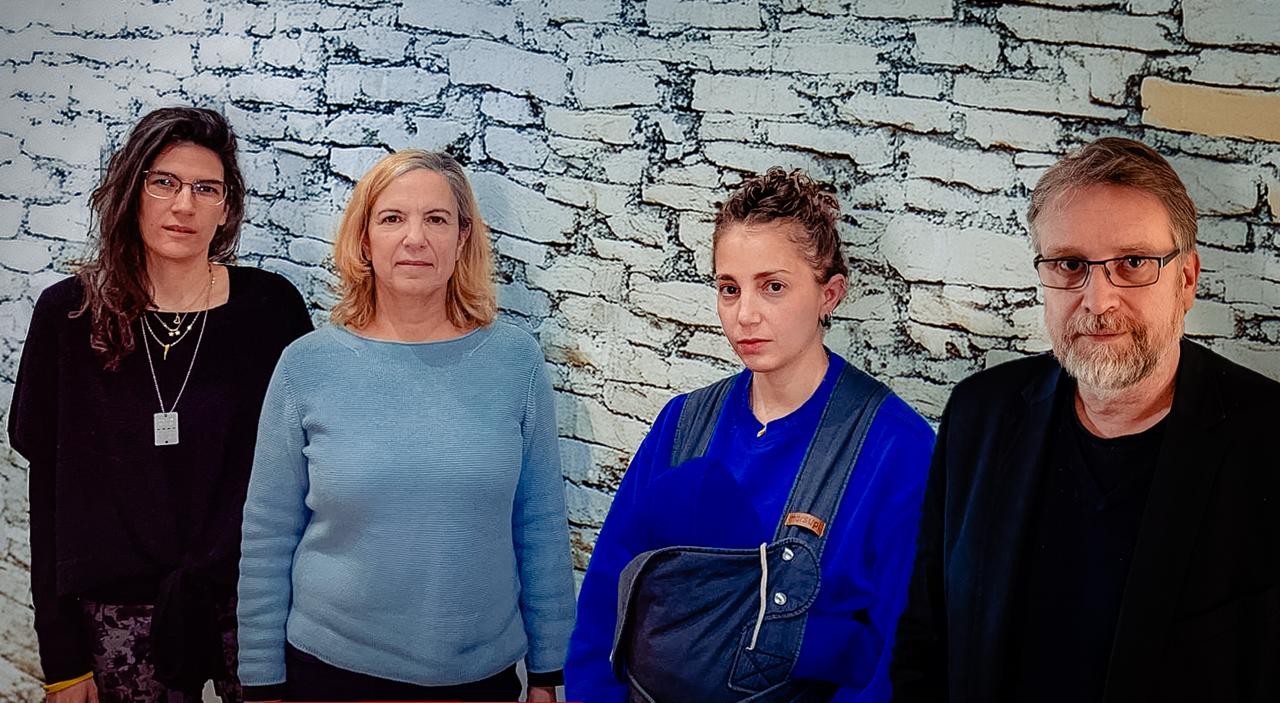
Fast Forward Frankfurt’s Jewish community launches its own sexual abuse hotline amid crises and pressure
-
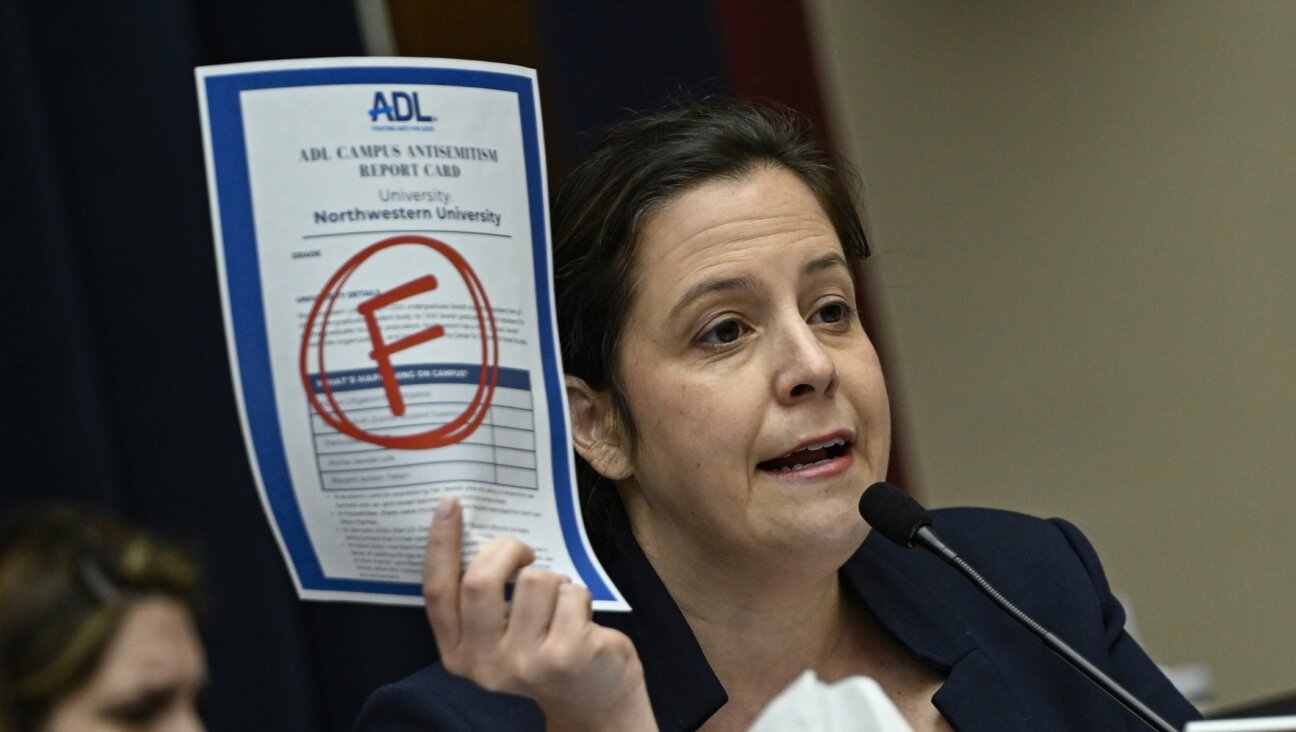
Fast Forward Trump nixes pro-Israel darling Elise Stefanik’s nomination to be UN ambassador
-
Shop the Forward Store
100% of profits support our journalism
Republish This Story
Please read before republishing
We’re happy to make this story available to republish for free, unless it originated with JTA, Haaretz or another publication (as indicated on the article) and as long as you follow our guidelines.
You must comply with the following:
- Credit the Forward
- Retain our pixel
- Preserve our canonical link in Google search
- Add a noindex tag in Google search
See our full guidelines for more information, and this guide for detail about canonical URLs.
To republish, copy the HTML by clicking on the yellow button to the right; it includes our tracking pixel, all paragraph styles and hyperlinks, the author byline and credit to the Forward. It does not include images; to avoid copyright violations, you must add them manually, following our guidelines. Please email us at [email protected], subject line “republish,” with any questions or to let us know what stories you’re picking up.







